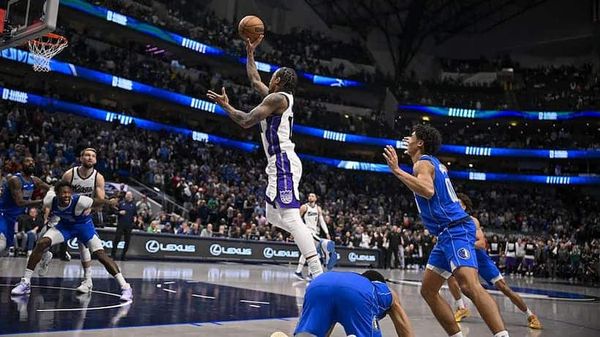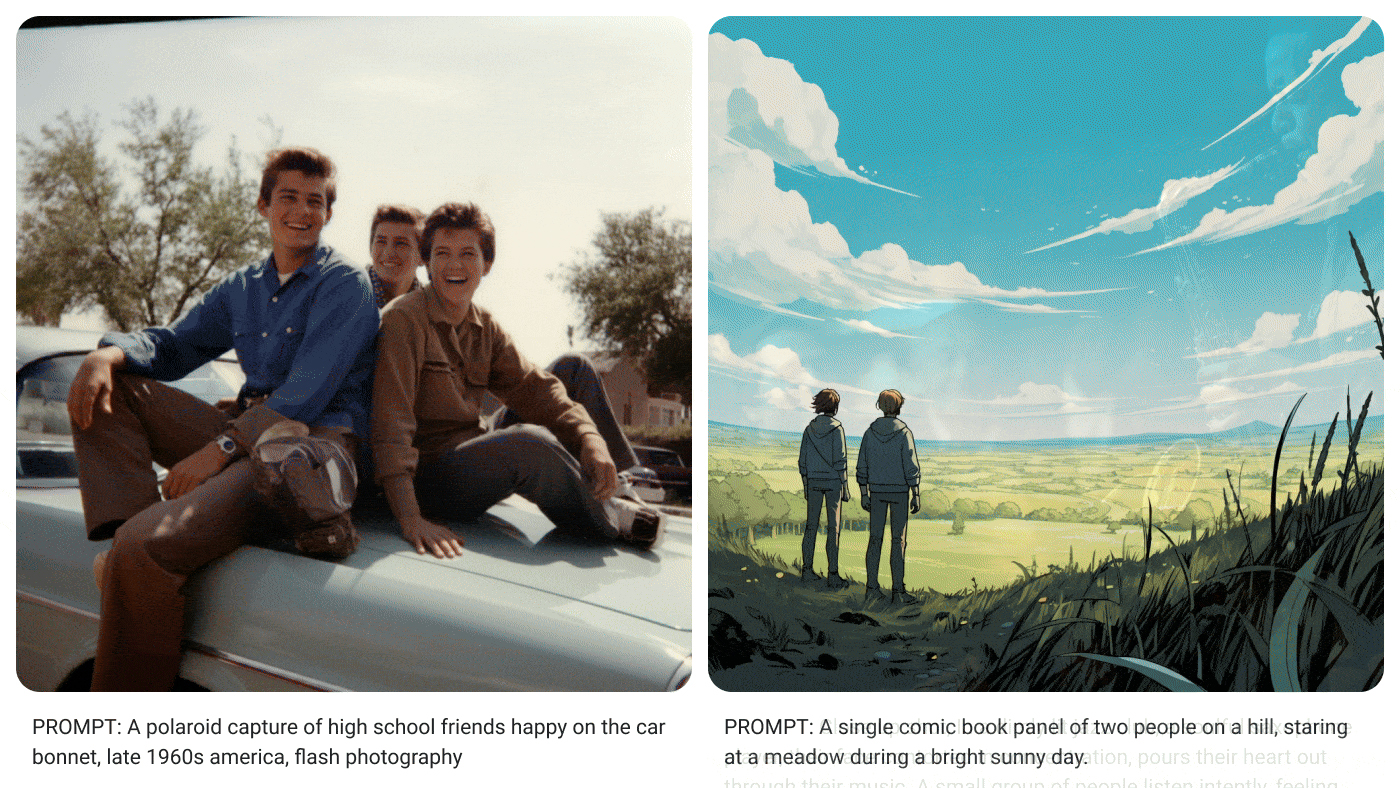
Google is slowly rolling out the latest generation of its generative AI video software Veo and graphics program Imagen 3 – and the company’s early demonstrations highlight starting new capabilities, including the ability to create vintage-looking "Polaroids". On Tuesday, December 03, Google introduced Veo and Imagen 3 in private preview on Vertex AI, the company’s AI platform for businesses.
The preview launch gives businesses early access to Google’s latest generative AI while offering a glimpse at what could eventually roll out to the company’s more consumer-oriented offerings. Both models were teased at Google I/O in May and have now begun rolling out to businesses that are part of the private preview on Vertex AI.
With the announcement, Google shared a selection of different graphics created with the AI that hint at some of the software’s capabilities. One of those key capabilities is Veo’s ability to turn a still photo into a FullHD video. The company’s stills-focused AI appears to gain the ability to take a product photo of a dress and then generate a lifestyle image of a model wearing the dress. The range of samples from Imagen 3 notably include a generated “Polaroid.”
Google demonstrates Imagen 3’s capabilities by generating a “Polaroid”
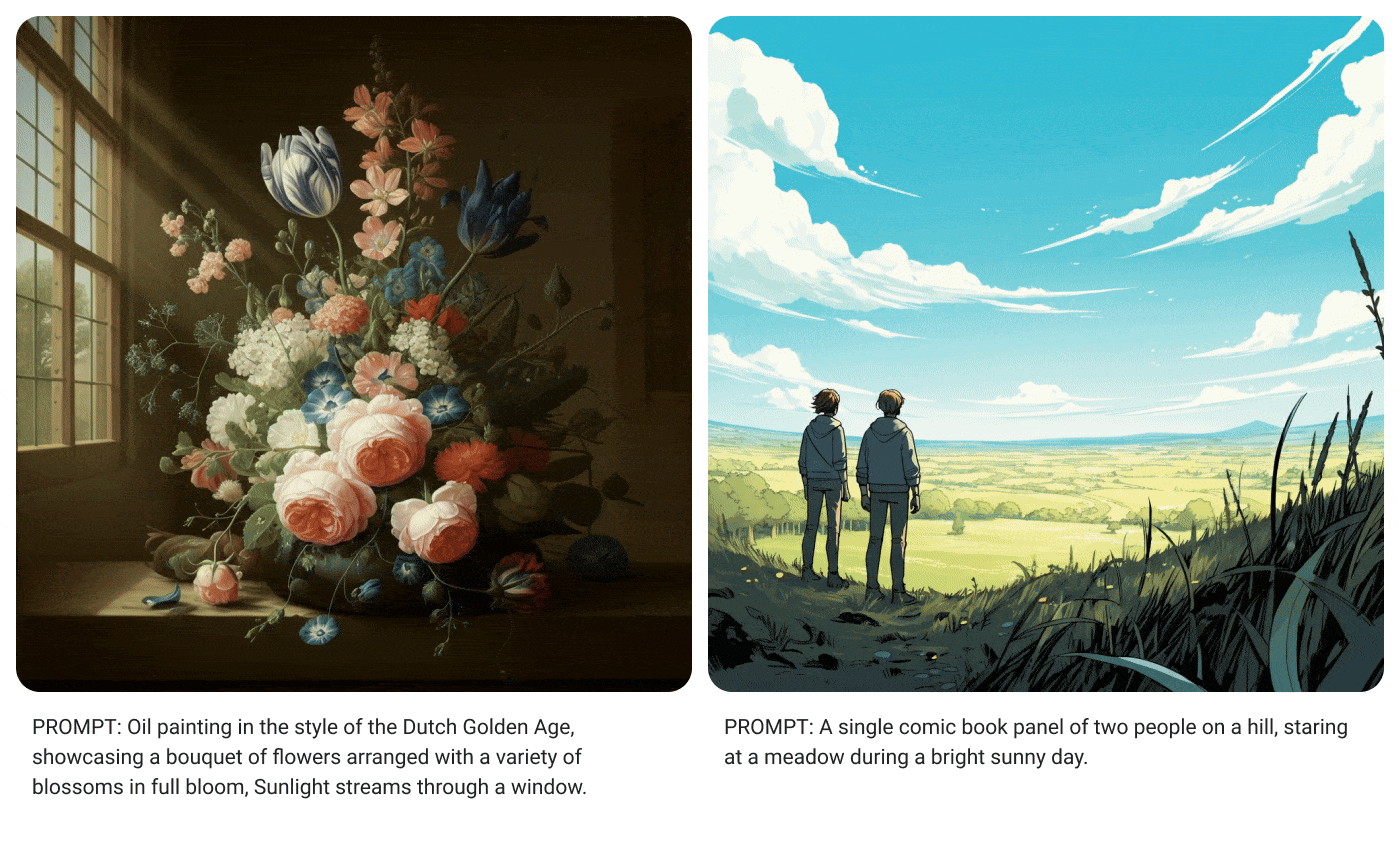
One of the images that Google used to demonstrate Imagen 3’s capabilities uses this prompt: “A polaroid [sic] capture of high school friends happy on the car bonnet, late 1960s america [sic], flash photography.” Imagen 3 churned out a square photo with film-like colors.
And, while a close inspection shows an odd-looking bag and a stripe that doesn’t go all the way across a shirt, the provided image doesn’t have some of the typically telltale signs of AI like extra fingers. Notably, though, the resulting image seems to ignore the instruction for “flash photography”, instead showing the shadows more typical of natural light.
Asking for a specific style in a generative AI is common practice, from specifying whether you want a realistic-looking image or a watercolor generation. My fear, however, is that asking an AI to generate a graphic in a certain film style would make the use of AI even harder to detect. Even before the age of AI, film photography was generally viewed as more trustworthy and less likely to be manipulated than digital photography.
Thankfully, Google says it uses Google DeepMind SynthID to embed watermarks in the image marking it as AI. When I ran a screenshot of the “Polaroid” through an AI detector, it still flagged the image as AI-generated. While those safety features are good to see, it remains to be seen how many people will check the validity of the images they scroll past on social media.
Google's AI can take a white background product photo and generate lifestyle images
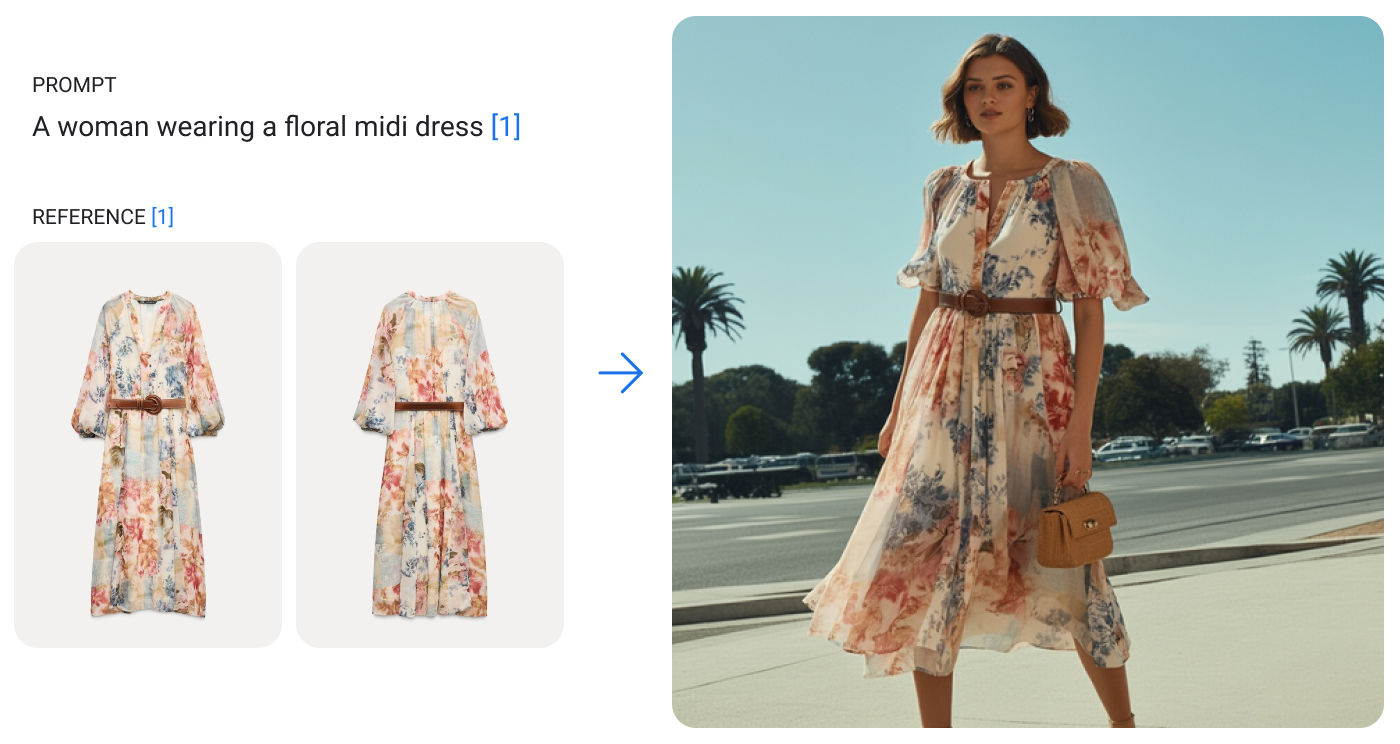
In the announcement, Google also shared Imagen 3’s customization tools that will enable businesses to tell the AI what brand styles to use. That tool will also enable businesses to take a traditional white background product photo and generate lifestyle images. For example, Google demonstrated taking an image of the front and back of a dress and generating an image of a model wearing that dress outdoors.
That capability could be concerning to product photographers earning their livelihood from such lifestyle product shoots. Another potential concern could be on the consumer end – can AI-generated product images cross the line into false advertising? Can an AI properly drape the fabric of a dress over a fake human so that it is actually representative of how the clothing fits a real person?
Google’s Imagen 3 isn’t the first to advertise clothing with AI-generated models. In 2023, Levi Strauss & Co announced the use of technology from Lalaland.ai to feature a wider range of body types in its images, clarifying that the AI wouldn’t mean cutting back on real shoots. Critics of the technology worry that using AI to diversify fashion images could have an opposite effect on the modeling industry.
Veo turns photos into videos
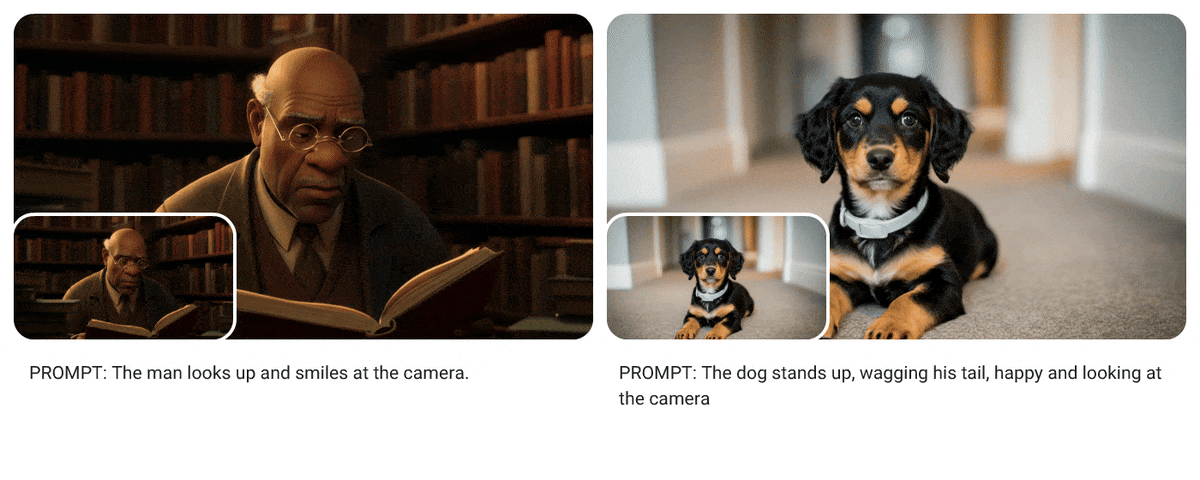
While several platforms have teased photo-to-video AI, from Sora to Adobe Premiere Pro, Google says it's the first hyperscale with an image-to-video. The company notes that brands can use it to turn existing assets into video materials.
Veo also uses text-to-video. Google said that the software focuses on being “consistent and coherent,” demonstrating how the model was able to create movement with examples of a man looking up from a book and a puppy wagging its tail.
For now, Veo is only available through private preview for those on Google’s Vertex AI; Imagen 3 is expected to roll out to all Vertex AI customers as early as next week.
You might also like…
You might be interested in trying out the best AI image generators for yourself, or alternatively you can take your own Polaroids with the best instant cameras.

